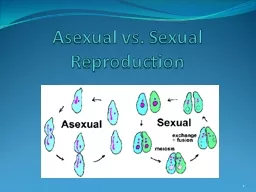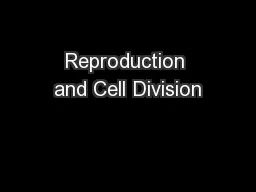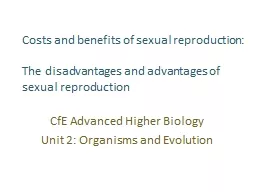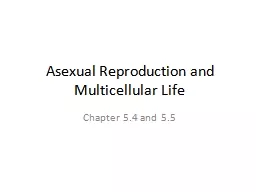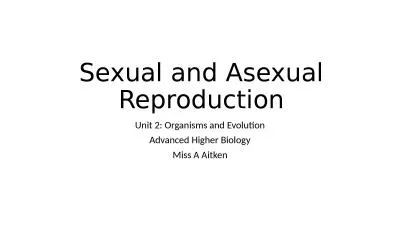PPT-Warm Up # What is the difference between sexual and asexual reproduction in plants?
Author : trish-goza | Published Date : 2018-11-01
Lesson 3 Plant Reproduction Essential Questions What is the alternation of generations in plants How do seedless plants reproduce How do seed plants reproduce How
Presentation Embed Code
Download Presentation
Download Presentation The PPT/PDF document "Warm Up # What is the difference between..." is the property of its rightful owner. Permission is granted to download and print the materials on this website for personal, non-commercial use only, and to display it on your personal computer provided you do not modify the materials and that you retain all copyright notices contained in the materials. By downloading content from our website, you accept the terms of this agreement.
Warm Up # What is the difference between sexual and asexual reproduction in plants?: Transcript
Download Rules Of Document
"Warm Up # What is the difference between sexual and asexual reproduction in plants?"The content belongs to its owner. You may download and print it for personal use, without modification, and keep all copyright notices. By downloading, you agree to these terms.
Related Documents






